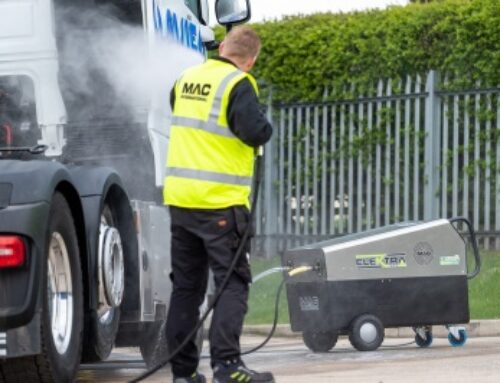Dräger outlines oral fluid drug testing benefits
 With the advent of lateral flow and PCR testing for Covid, employers are becoming more familiar with the concept of oral fluid testing, according to drug screening specialist Dräger.
With the advent of lateral flow and PCR testing for Covid, employers are becoming more familiar with the concept of oral fluid testing, according to drug screening specialist Dräger.
“This form of testing has benefited from significant improvements in recent times and provides a valuable tool for police officers conducting roadside drug testing,” said Adam Barker, marketing manager at Dräger.
“In contrast to urine and blood tests, the advantages include ease of use, non-invasiveness, observable sample collection, difficulty to adulterate, and demonstration of recent drug use.”
These same advantages extend to the use of oral fluid testing in the workplace, says Adam; the test can be carried out immediately, with samples quickly and easily taken.
Dräger predicts that, given the rise in addiction and mental health distress following the pandemic, there will likely be a need for more frequent workplace drug testing, particularly for those in roles such as driving vehicles or controlling dangerous machinery.
It cites research carried out for Dräger’s Safety at Work report 2021 (available for download from: draegersafetyatwork.blog), in which 74 per cent of participating managers said their organisation was quite or extremely concerned about workplace impairment, and resulting injuries and accidents, due to alcohol and drug use.
“In addition, we are seeing a dramatic increase in the use of prescription medication, such as benzodiazepines and antidepressants, both of which can be highly addictive and can lead to cognitive impairment leading to drowsiness, increased reaction time and an impact on motor coordination,” Adam continued.
Against this backdrop, the use of oral fluid testing is increasing in workplace environments, says Adam.
“It would be wrong to suggest that oral fluid testing offers a replacement for blood and urine testing; but is a highly valuable tool for health and safety professionals for occasions when detection of relatively recent use of drugs is sought in a non-invasive manner,” he added.
“With employees much more familiar with lateral flow and PCR tests, and ever advancing improvements in more sensitive and reliable detection, this form of testing is set to become more common in the future.”











